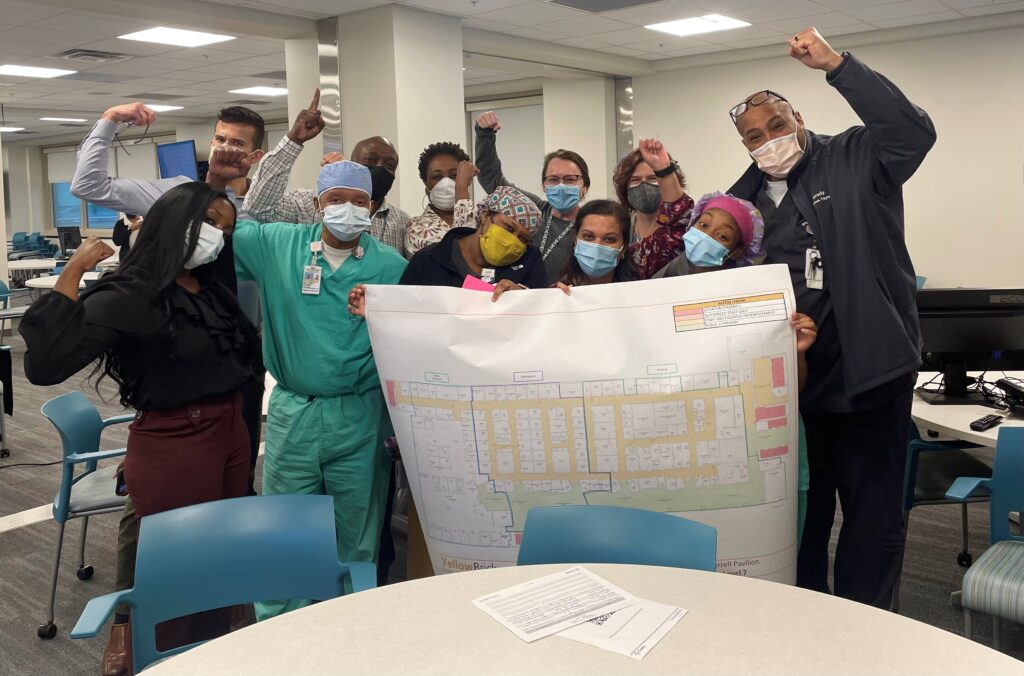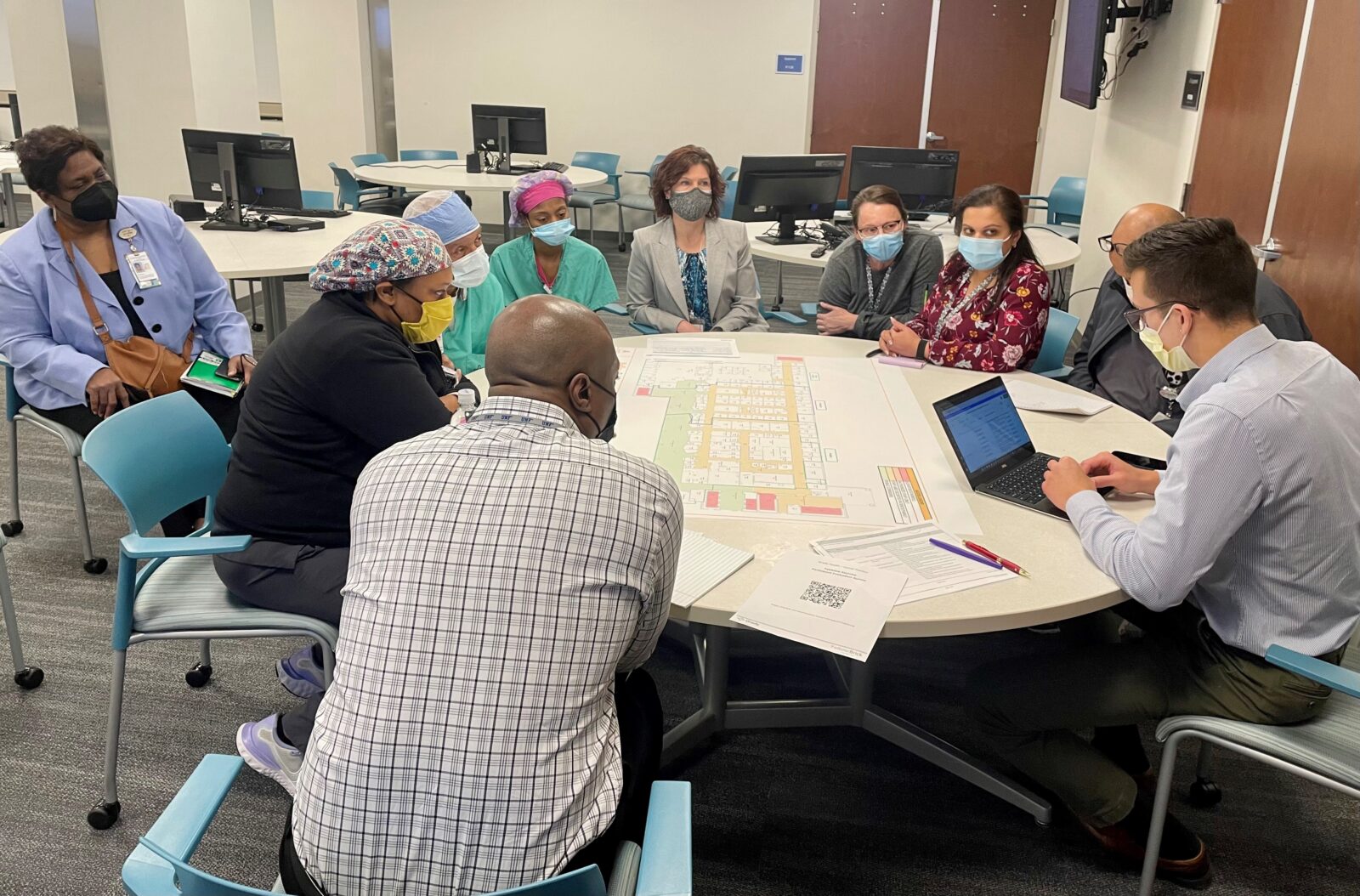By: Brandon Sanchez
There is a palpable excitement when frontline staff, department leaders, and project stakeholders get the opportunity to enter a new building and experience the physical surroundings of what will soon become their new healthcare facility. Reaching this point in construction allows staff to finally visualize the space they have been anticipating and planning toward for many months (or even years!). This exciting milestone offers staff the opportunity to validate operational and patient flows, the locations of equipment and supplies, and solidify a spatial understanding of the environment that a floorplan could never quite achieve.
Multiple years of planning, design, and construction are required to reach the point at which the building is ready to be occupied. Hospital administration, department leaders, and frontline staff are tasked with developing their future operational plans for the new facility during this time. The development of these plans may need considerable time, and it’s best practice to finalize the planning prior to the critical window between construction completion and Day 1 Activation when these teams are busiest with the activities required to set up their space.
While stakeholders may not enter the building until the latter end of construction, the planning cannot delay. This is when Tabletop Exercises can be leveraged. A Tabletop Exercise is a discussion-based session in which team members collaborate to evaluate workflow, identify training needs, consider planned equipment storage, examine shared spaces, and begin identifying gaps.
Through Yellow Brick’s experience working with new healthcare facilities across the country, we have identified three phases in a project during which Tabletop Exercises can be beneficial.
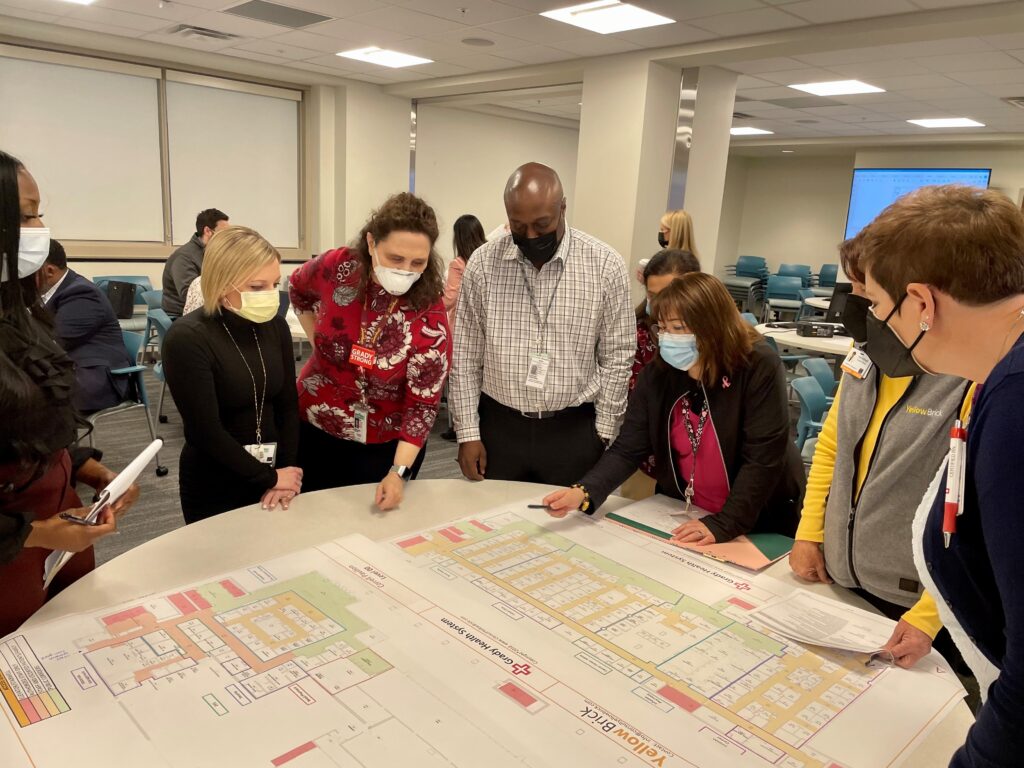
-
Design Phase
During the project’s design phase, changes to the physical building can still be made. Staff engaged during this phase typically validate equipment and space programming on a room-by-room basis. Tabletop Exercises encourage teams to think through daily operations holistically, which helps identify gaps in design that can be addressed to improve the overall functionality of the space.
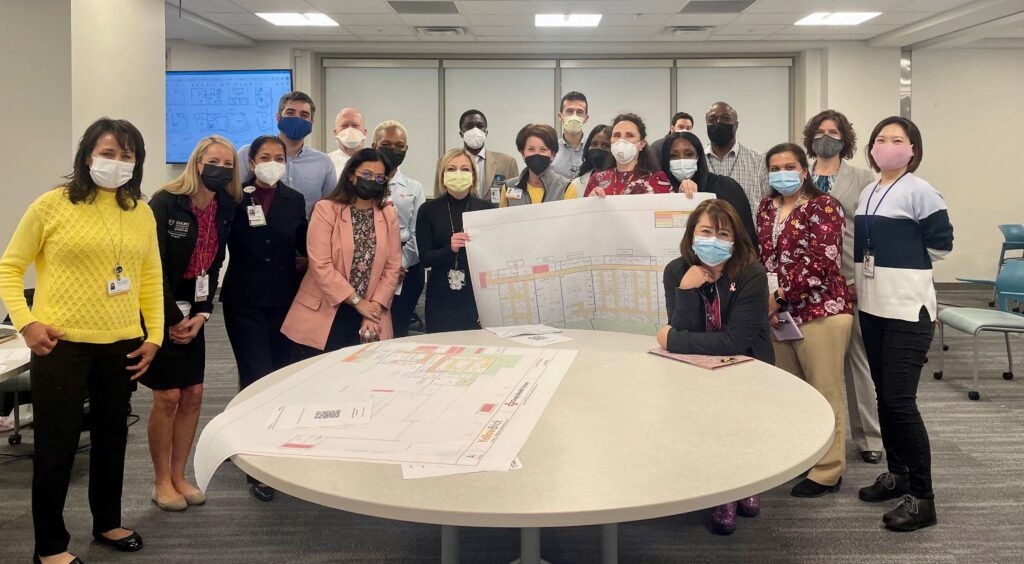
-
Operational Planning Phase
A lot of work happens internally between the design and construction completion. A Tabletop Exercise is an excellent method to identify workflows and training needs to support the activation of the new facility. These sessions can reinforce assumptions for staff who have been involved from project conception and serve as a means of orienting new staff to the building layout, department adjacencies, and overall building flow. Given that the time from design to construction can often be many years, changes such as medication administration practices, rounding/reports, and regulatory updates often impact how the staff will work in the new environment. Additionally, we have seen organizations change planned departments based on projections and data, resulting in teams needing to come together and figure out how they will work in a space that was not initially designed for them.
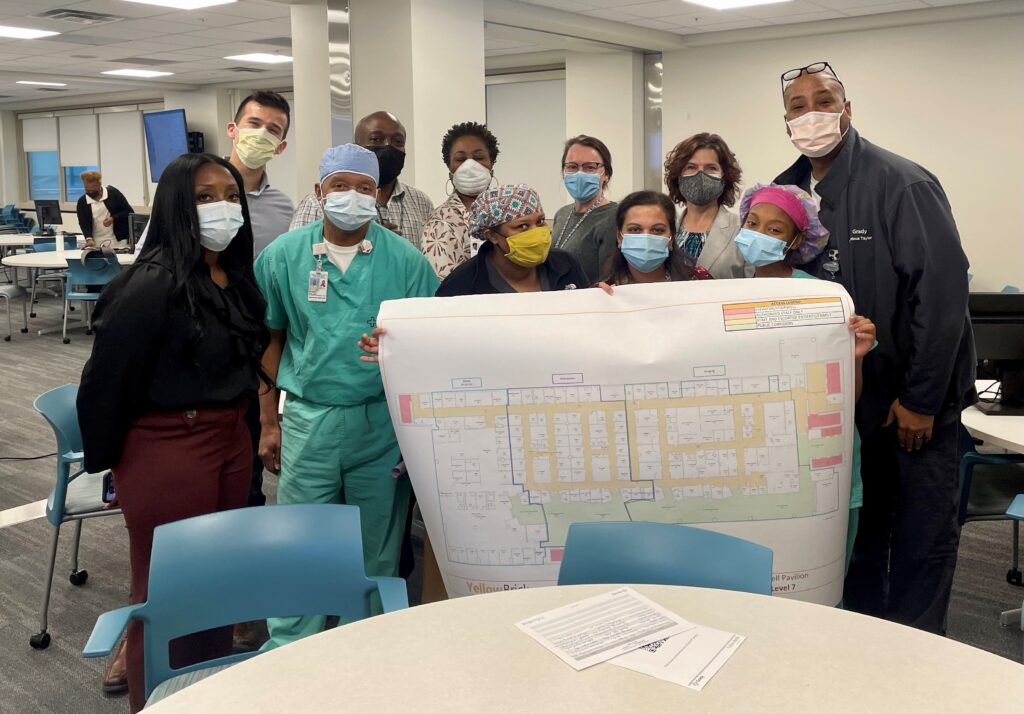
-
Activation Phase
We define the activation phase as the time after construction completion leading up to Day 1 of patient care. If you have ever moved into an empty home, you may understand that although the physical home is in place, things like furniture, kitchen equipment, wi-fi, and décor really make the space a home. During this phase of the project, medical equipment is deployed, IT systems are being installed, and furniture and artwork are placed. Depending on the facility’s programming and the organization’s resources, this project phase can range from two months to nine months. Complex areas, such as ORs and procedural areas, sterile processing, imaging, pharmacy, and clinical laboratory, often require complicated equipment and workflows to support daily operations. Tabletop Exercises can help staff identify issues, orient newly onboarded staff, and develop workflow plans, which alleviates the amount of work to do once their spaces are ready for staff to enter. Once the building is accessible, staff can focus on validating plans drafted during Tabletop Exercisesrather than starting from scratch at that point in the project.
Tabletop Exercises allows staff to review the “whole picture” of their operations and multidisciplinary workflows. These sessions can be implemented during various project phases to address the different needs of the project teams and frontline staff. The Yellow Brick team will use floorplans of the new space to guide the group through patient-focused scenarios centered around common daily workflow activities and high-risk events. Yellow Brick’s seasoned facilitators provide subject matter expertise and offer an outside perspective to help the team develop the most appropriate and effective workflow plans. Using best practices and an interdisciplinary approach to envisioning Day 1 Activation, Tabletop Exercises are invaluable in developing the operational plans and workflow processes for a successful new healthcare facility activation.
